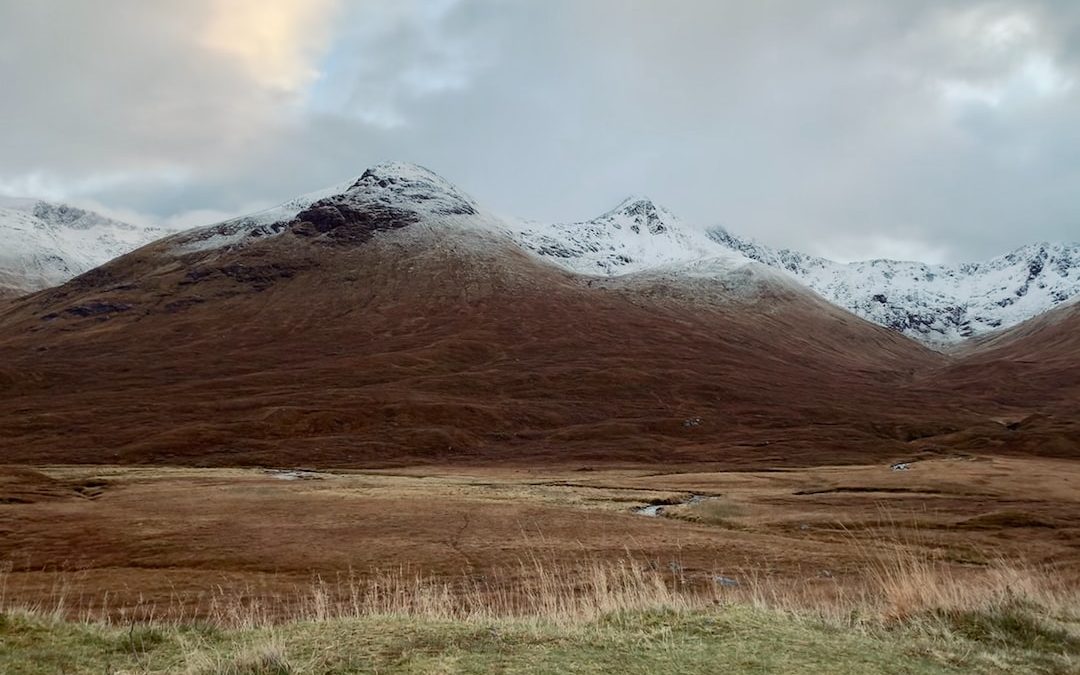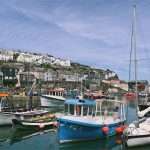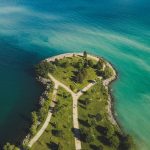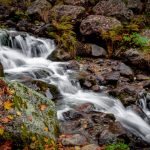Table of Contents
Exploring Inverness: Discovering Scotland’s Ancient History
Introduction
Inverness, Scotland’s ancient capital, lies in the heart of the Highlands, surrounded by stunning natural beauty. It is a destination of history, culture, and adventure. With a rich and varied history, Inverness is home to some of the most important archaeological sites in the country. From the remains of medieval castles to the ruins of prehistoric settlements, the area is a treasure trove of Scotland’s ancient past. In this blog post, we’ll explore the region’s rich heritage and discover some of the must-see sites in Inverness. So, let’s get started!
The Clava Cairns
The Clava Cairns are a group of Bronze Age burial sites dating back to around 2000BC. The cairns are located just outside of Inverness and are some of the best preserved ancient monuments in Scotland. The cairns are composed of a circle of standing stones, surrounded by a ditch and bank. In the center of the cairns is a burial chamber, containing the remains of the dead. The cairns are a fascinating insight into the beliefs and practices of Scotland’s early inhabitants, and a must-see for anyone interested in exploring the region’s ancient history.
Urquhart Castle
Urquhart Castle is a medieval castle situated on the banks of Loch Ness. The castle was built in the 13th century and is one of the most iconic sites in Scotland. The castle was the site of many battles between the Scots and the English, and was finally abandoned in 1692. Today, visitors can explore the ruins of the castle and marvel at the stunning views of Loch Ness and the surrounding countryside.
Culloden Battlefield
The Battle of Culloden was the last battle of the Jacobite Rising of 1745. The battle was fought between the Jacobite forces of Bonnie Prince Charlie and the government troops of George II. The battle was a devastating defeat for the Jacobites and marked the end of their hopes of restoring the Stuart dynasty to the throne. Today, visitors can explore the battlefield and discover more about this pivotal event in Scotland’s history.
Fort George
Fort George is a large 18th-century fortress located just outside of Inverness. The fort was built by the British Army in the aftermath of the Jacobite Rising and is one of the most impressive military installations in Scotland. The fort is still in use today and visitors can explore the grounds and learn more about its history.
Inverness Castle
Inverness Castle is a 19th-century castle situated on the banks of the River Ness. The castle was built in 1848 and is one of the most impressive buildings in the city. The castle is now used as a courthouse and visitors can visit the castle and explore its history and architecture.
St Andrew’s Cathedral
St Andrew’s Cathedral is the oldest cathedral in Scotland and the largest in the Highlands. The cathedral was built in the 12th century and is a stunning example of Gothic architecture. Visitors can explore the cathedral and discover more about its history and architecture.
Foyers House
Foyers House is an 18th-century mansion situated on the banks of Loch Ness. The house was built by the Duke of Cumberland and is a stunning example of Georgian architecture. Visitors can explore the house and its grounds, and learn more about the history of the area.
Cawdor Castle
Cawdor Castle is a 15th-century castle situated just outside of Inverness. The castle was built by the Thanes of Cawdor and is one of the most impressive castles in Scotland. Visitors can explore the castle and its grounds and discover more about its history.
Druimneil Standing Stones
The Druimneil Standing Stones are a group of standing stones located just outside of Inverness. The stones are believed to date back to the Bronze Age and are a fascinating insight into the beliefs and practices of Scotland’s early inhabitants. Visitors can explore the stones and discover more about the area’s ancient history.
Loch Ness Monster Exhibition Centre
The Loch Ness Monster Exhibition Centre is a museum located in the village of Drumnadrochit. The museum is dedicated to exploring the legend of the Loch Ness Monster and visitors can explore the exhibits and discover more about the mysterious creature.
St Columba’s Chapel
St Columba’s Chapel is a 13th-century chapel located just outside of Inverness. The chapel was built by St Columba and is a fascinating insight into the religious history of the area. Visitors can explore the chapel and discover more about its history and architecture.
Conclusion
Inverness is an amazing destination for those interested in exploring Scotland’s ancient history. From the Bronze Age Clava Cairns to the 13th-century St Columba’s Chapel, the area is home to some of the most important archaeological sites in Scotland. Whether you’re interested in exploring the ruins of medieval castles or discovering more about the legend of the Loch Ness Monster, there’s something for everyone in Inverness. So, if you’re looking for a destination steeped in history, Inverness is the perfect place to visit.












